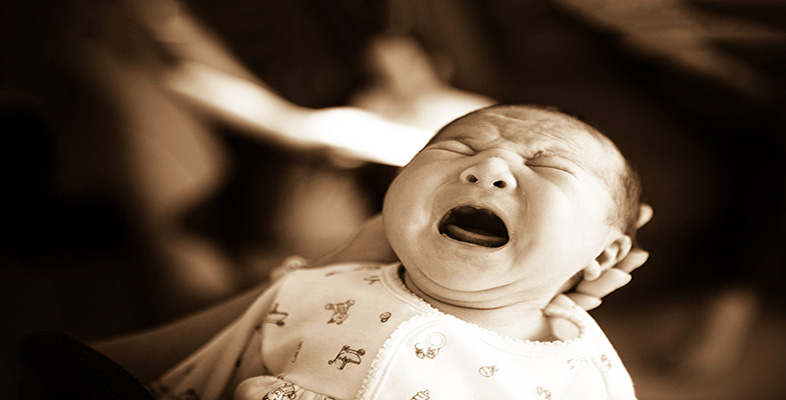2 Babies are people too!
2.1 Babies' abilities
You may be studying this course for one or more reasons. You may want to learn more about children out of general interest; you may plan to work towards a formal qualification in the future; or you may have been encouraged to look at the course by friends, family or an employer. You may know quite a lot about babies and children through caring for your own or other people's. In this course you will be finding out about very young babies' abilities, and the ways in which they interact with the world around them. To start you off, the following activity asks you to think about some of the commonly held beliefs about babies.
Study note
Throughout this course you will be asked to pause in your reading and undertake an activity, such as the one that follows this note. Activities are not a test, but they are a central way in which distance learning works. They provide an opportunity for you to stop reading and start thinking, working things out for yourself and deciding what you believe. They are a good opportunity for you to make notes.
Activity 1: babies are …
For this first activity you should read the following comments about young babies. You may have heard them expressed by friends, colleagues, on the TV or in magazines, or they may be new to you. As you read through the list, make a note of the ones that you think are probably true, those you disagree with, and those you feel unsure about.
Young babies can't feel pain.
Babies can't see or hear much when they're newborn.
Newborn babies just sleep all day – they don't need much attention.
All newborns need is to be clean and well fed.
A newborn baby is like a ‘blank slate’ – it can't think at all.
Newborns can express pleasure and displeasure.
Newborns can't tell what's going on around them.
Discussion
How did you get on? In fact the only statement that can really be said to be true is number 6; all the others are either incorrect or very simplified and therefore misleading statements. In number 2, for example, babies’ vision has a short range compared with that of an older child, but this enables them to focus on the face of the carer. The limited vision does not prevent babies from interacting or being aware of the world around them. Such beliefs in babies’ limited capacity were common among many child development experts in the 1950s, and if parents knew different, they didn't have the authority to challenge them.
These beliefs led to circumstances where babies were treated in ways that would be considered inhumane today. For example, the belief that young babies could not feel pain meant that in the past they were operated on without pain-killing anaesthetic – a practice that would now be considered abusive.
The evidence we will consider later in this course challenges some of these views about babies. While it is true that babies’ physical capacities, life experiences and ability to do things without help are limited at this age, it has only been in the last 30 years or so that researchers and others have fully explored just how much very young babies are able to do – that they can express a range of emotions, communicate with adults in quite sophisticated ways, and play a full part in family life. Babies who need to be in incubators after birth are now given frequent contact with their carers, whereas before it was thought that they were ‘too young’ or ‘too ill’ to need stimulation and human contact. Severely disabled babies are not routinely now ‘left to die’ and can develop their own potential. The importance of human contact, love and stimulation for all babies is now well established.
